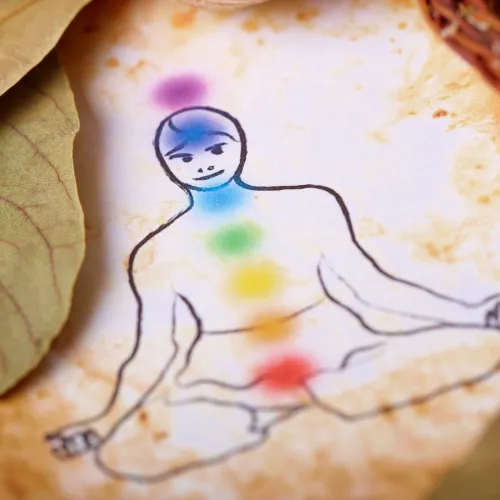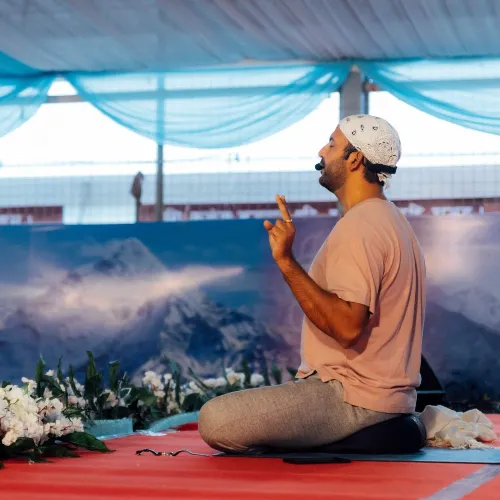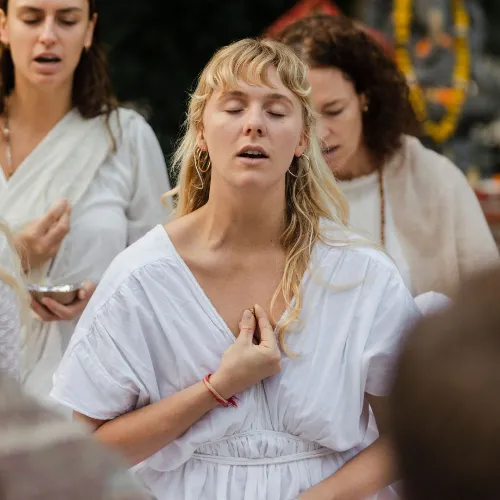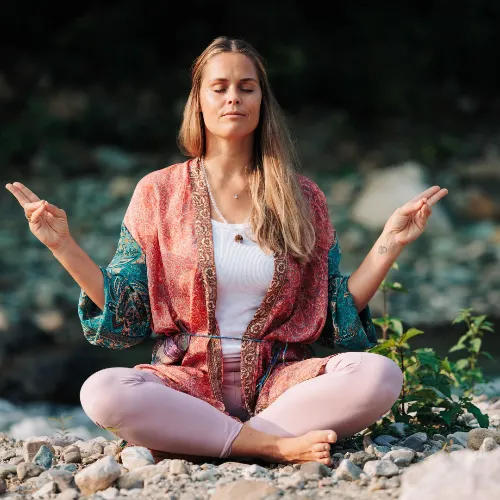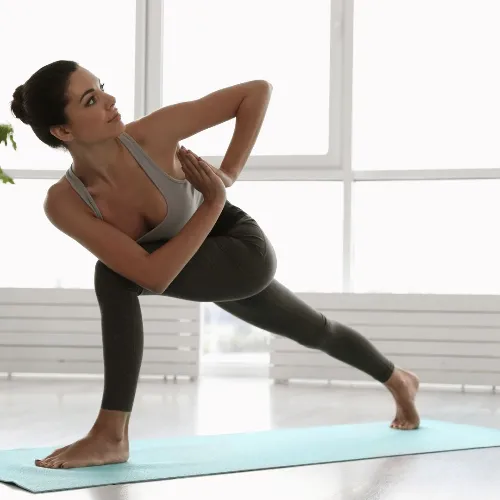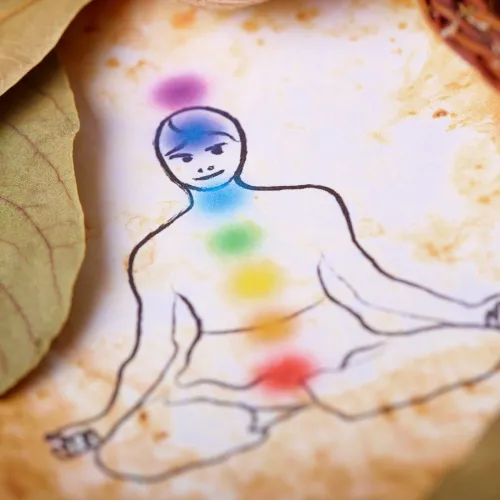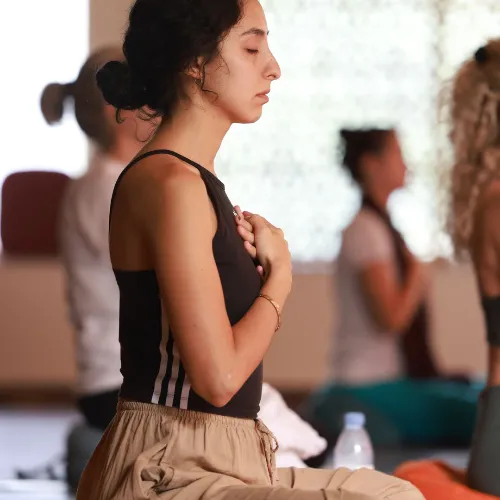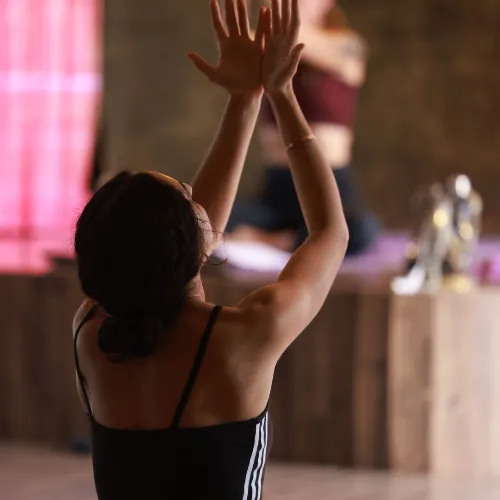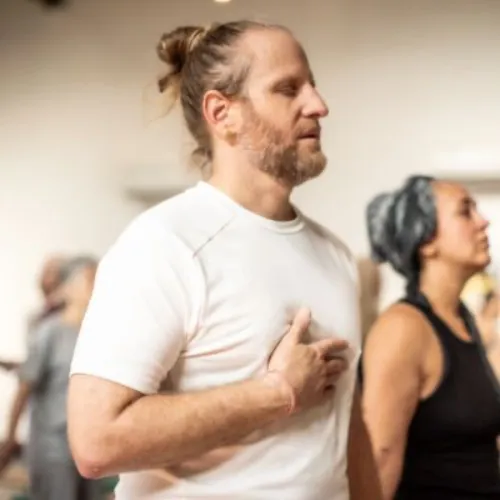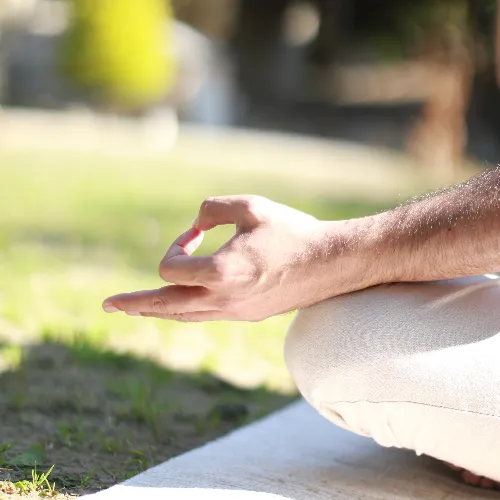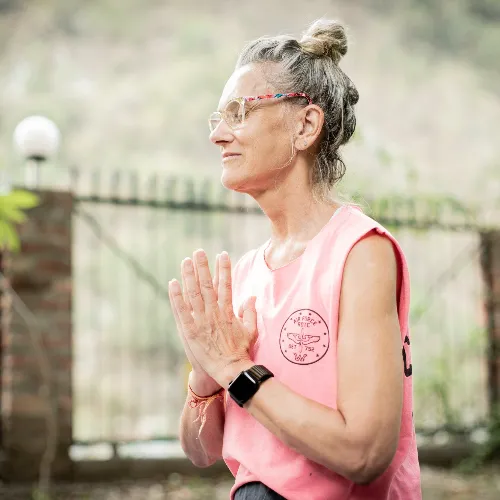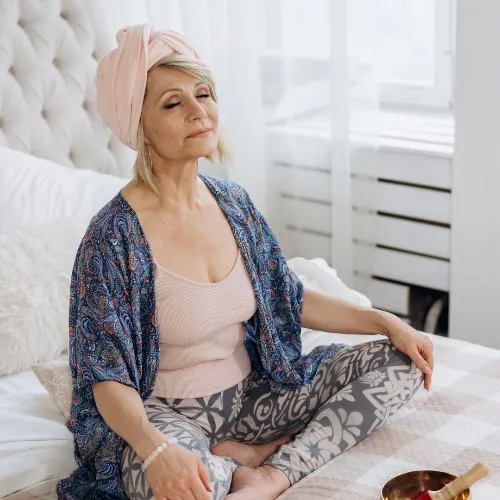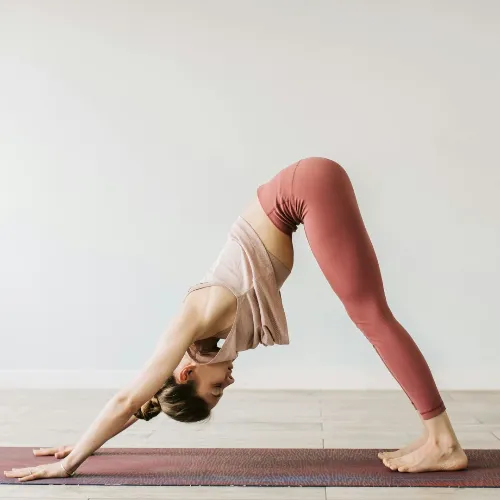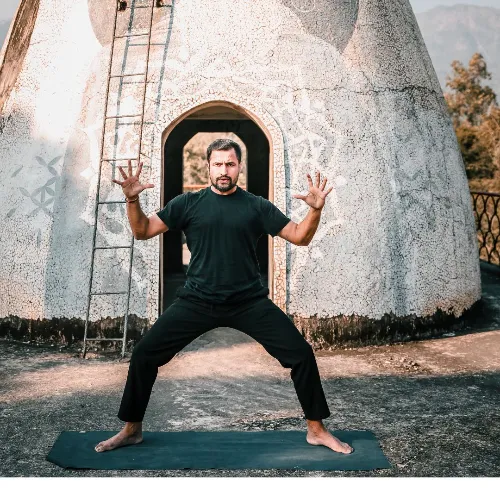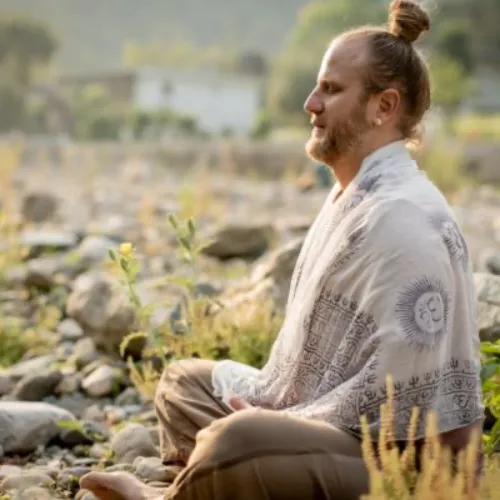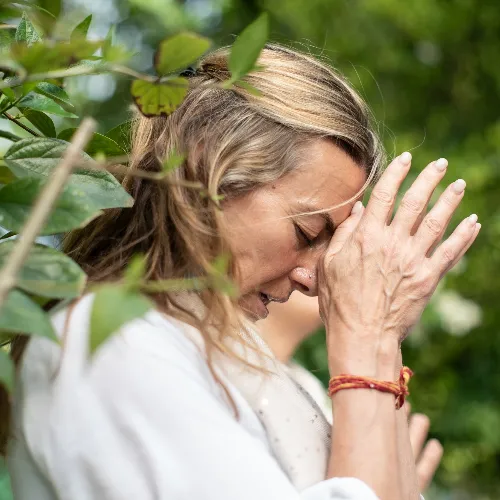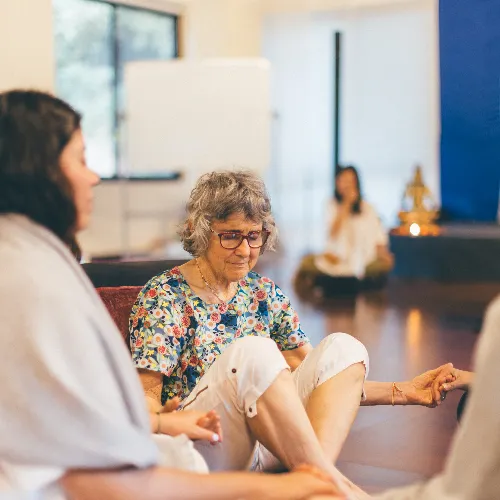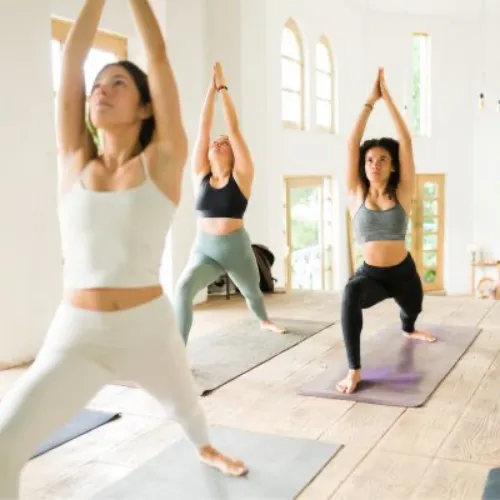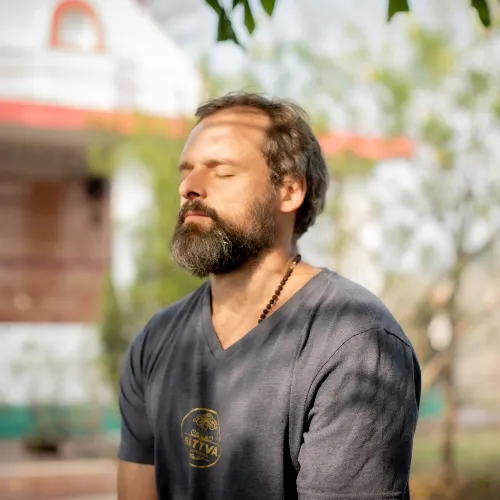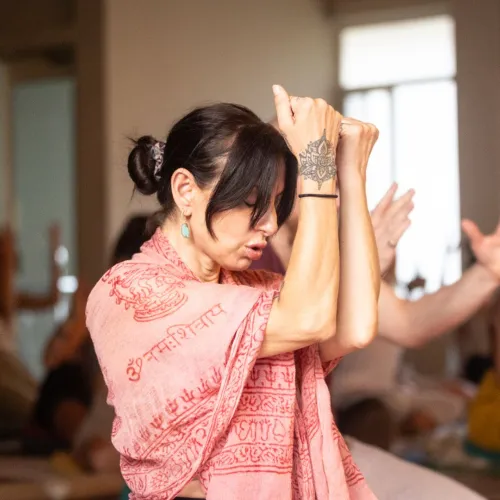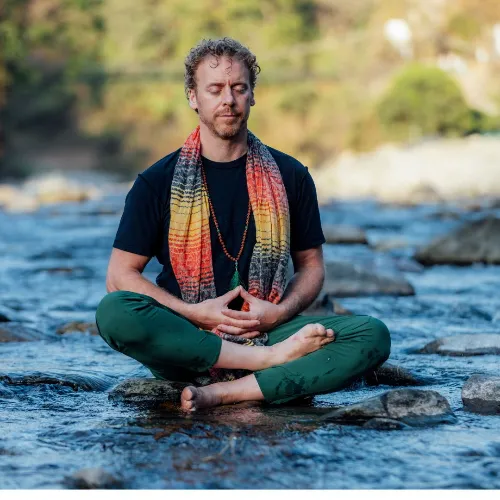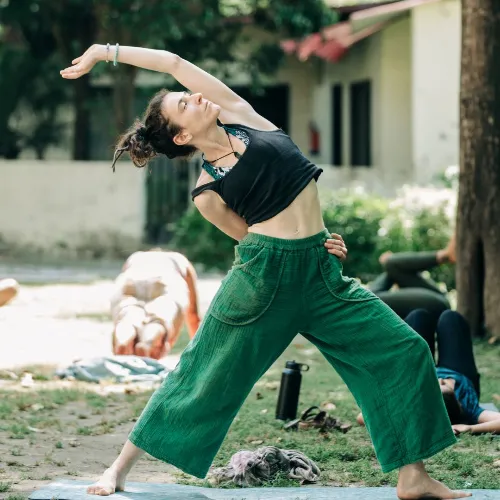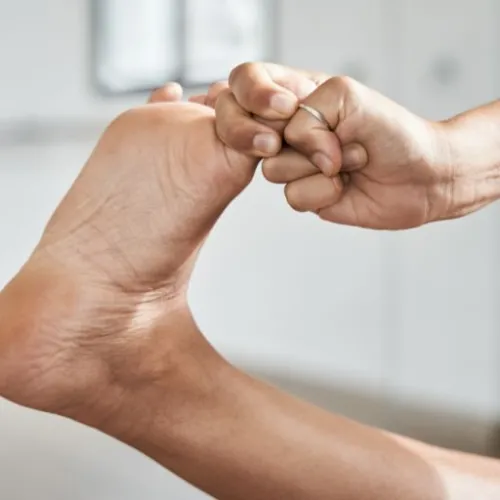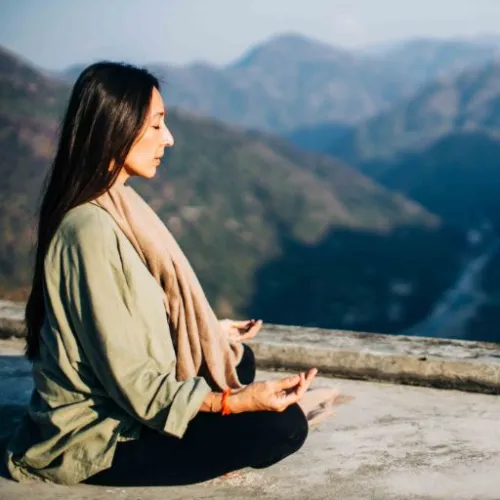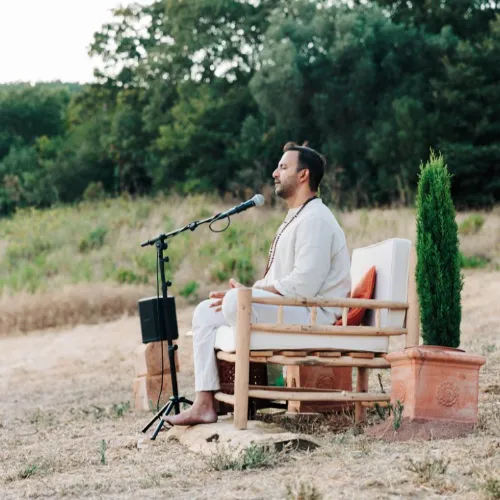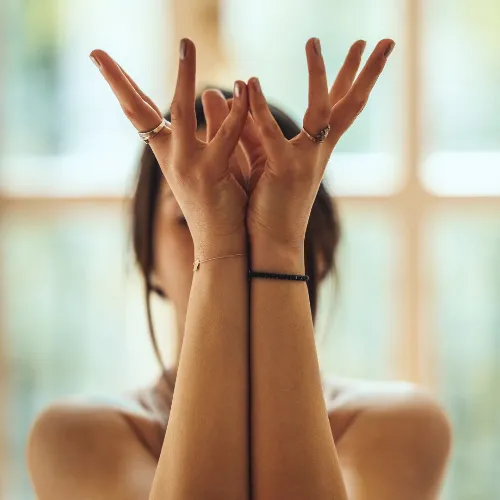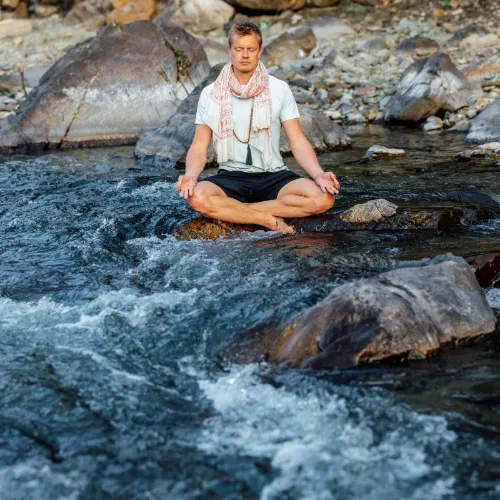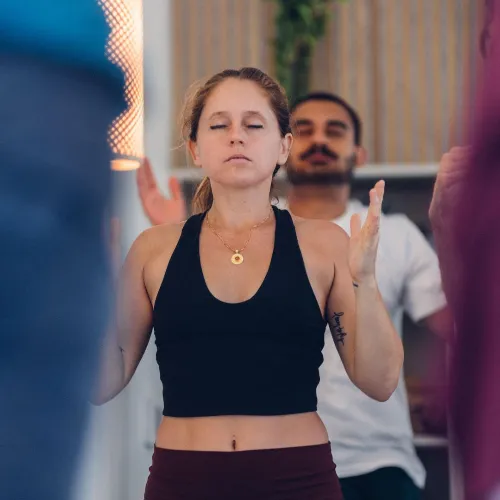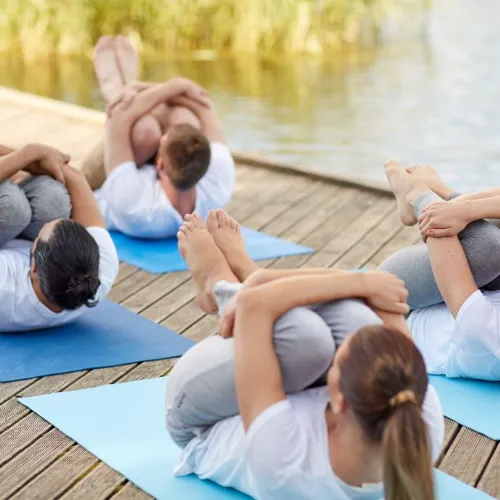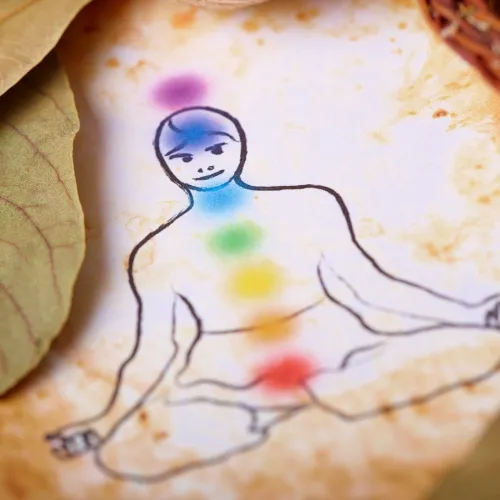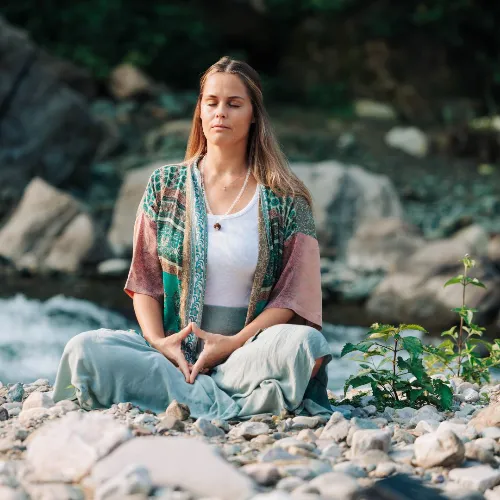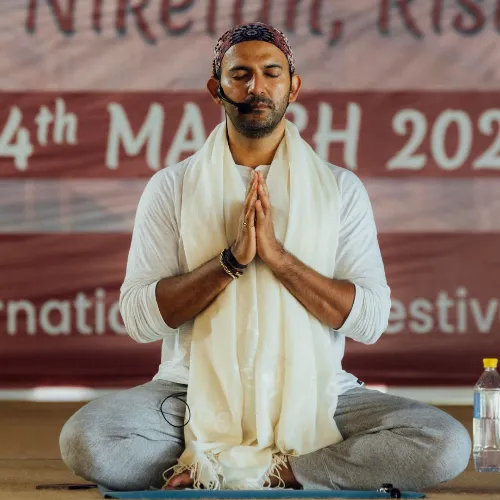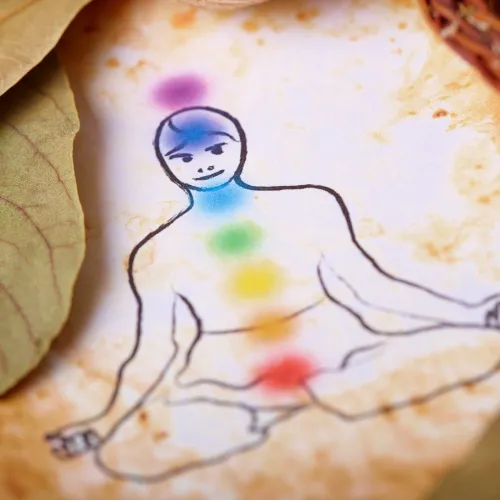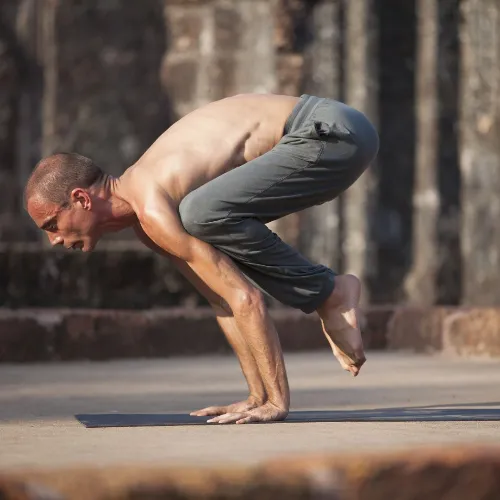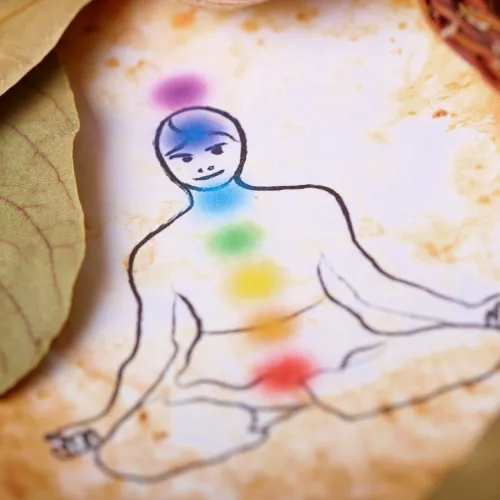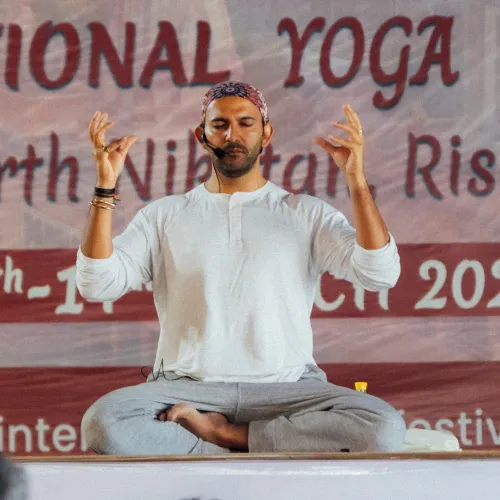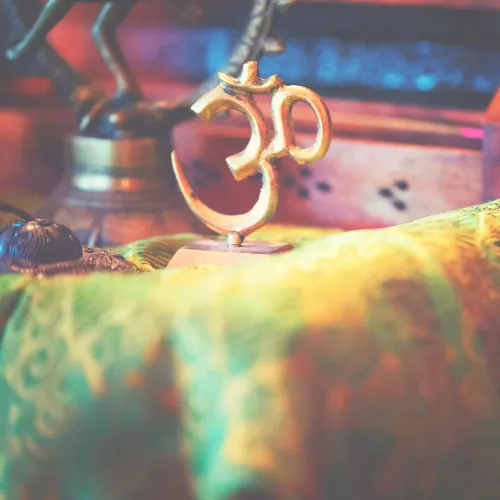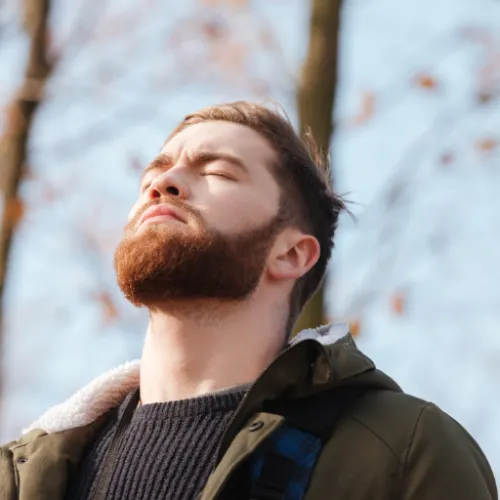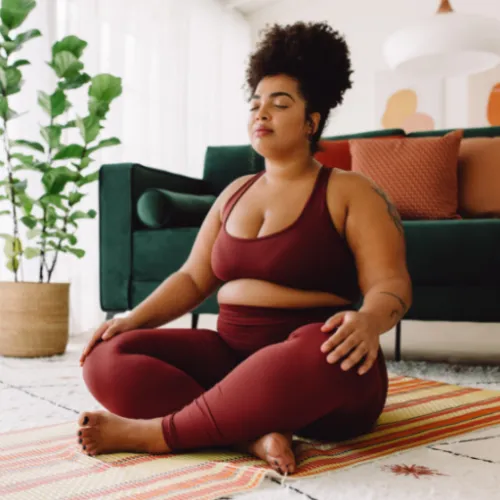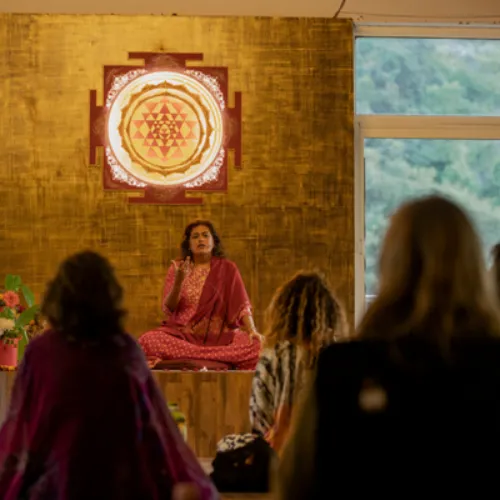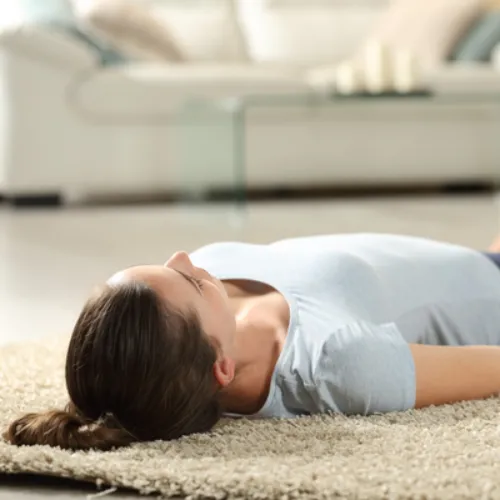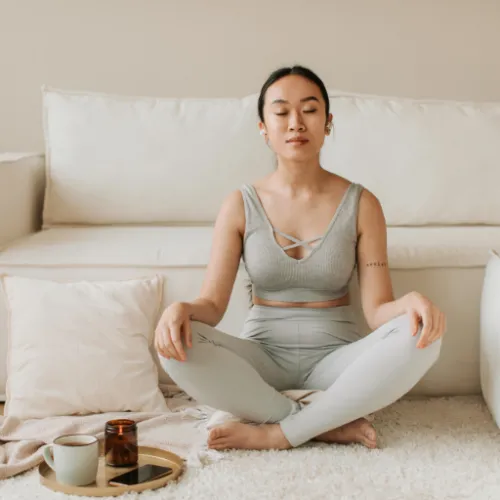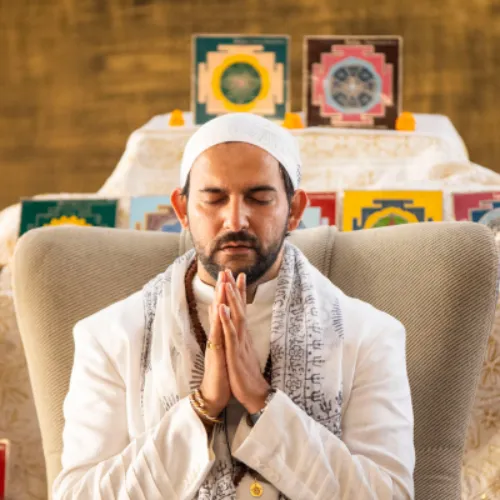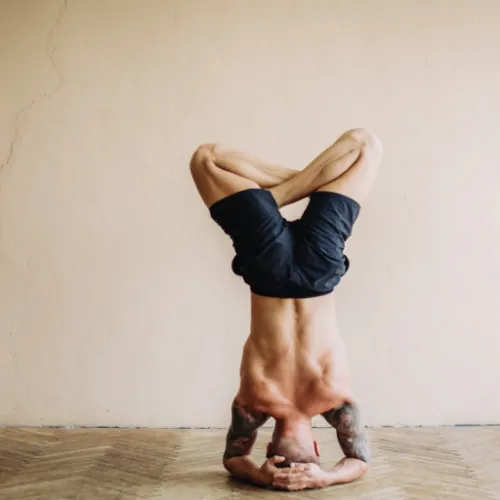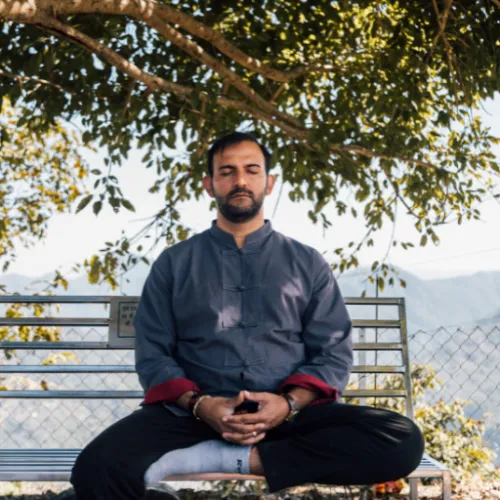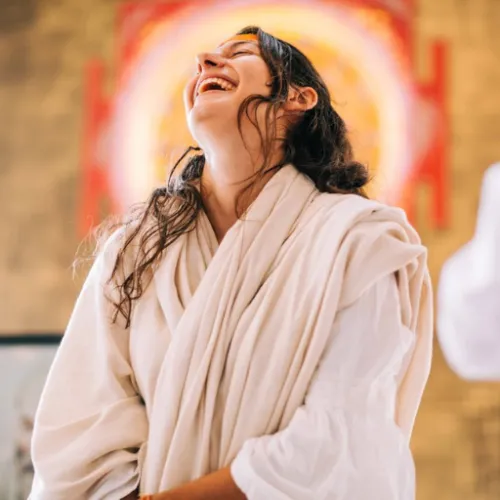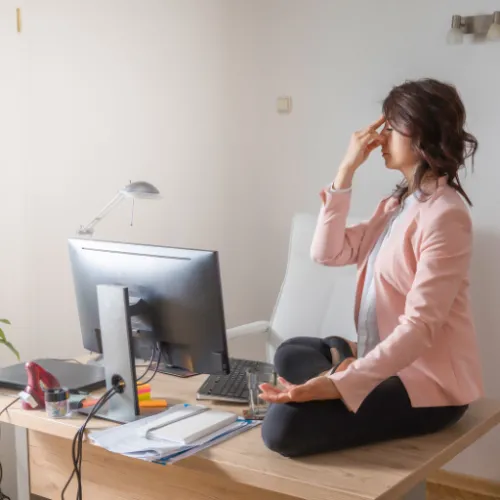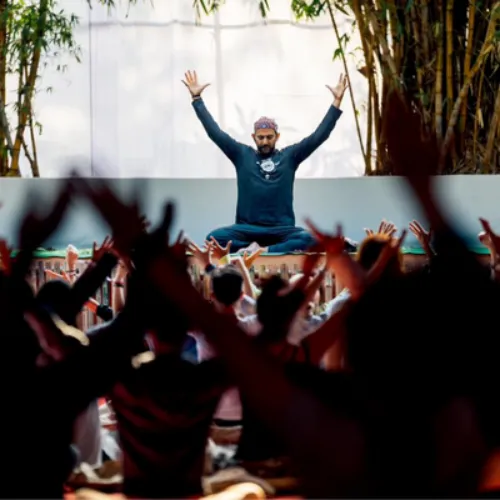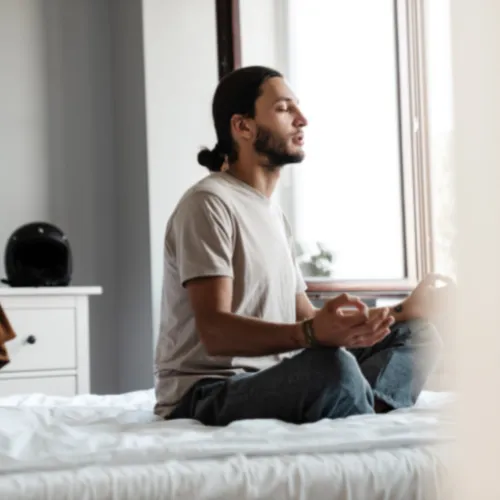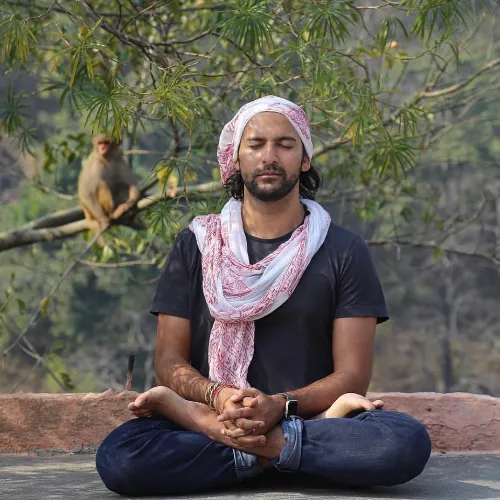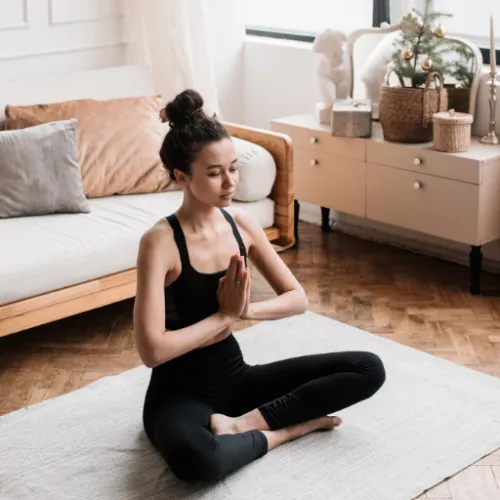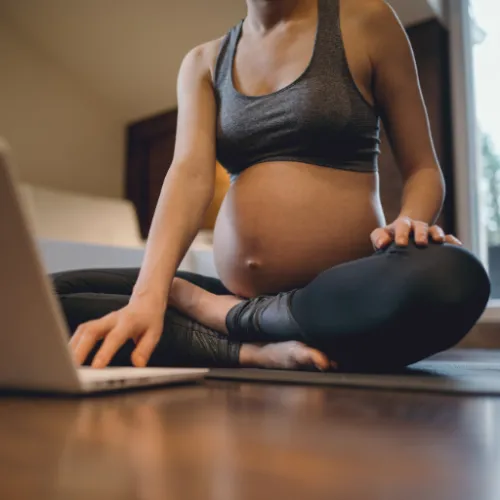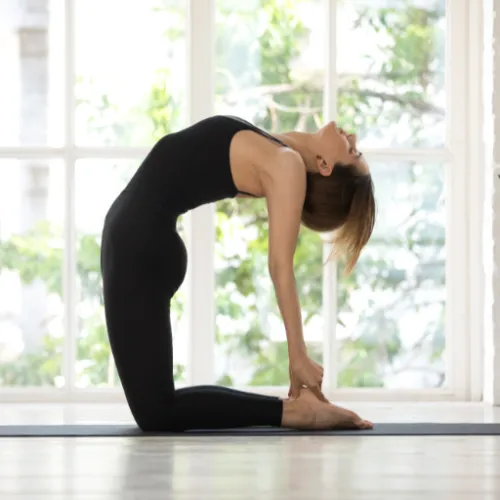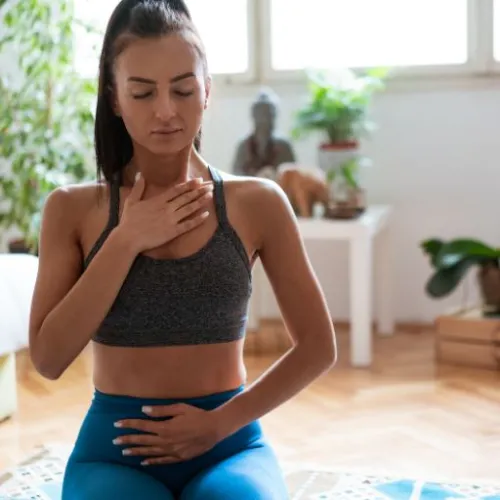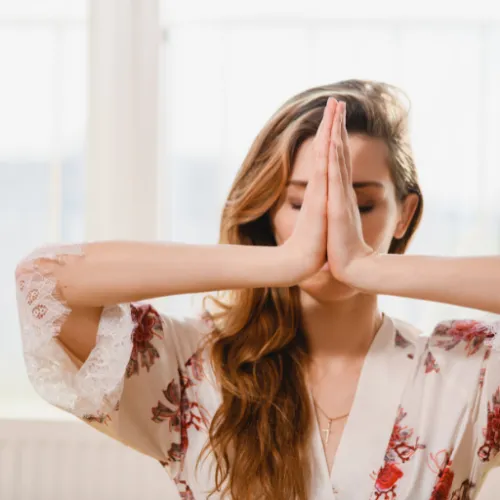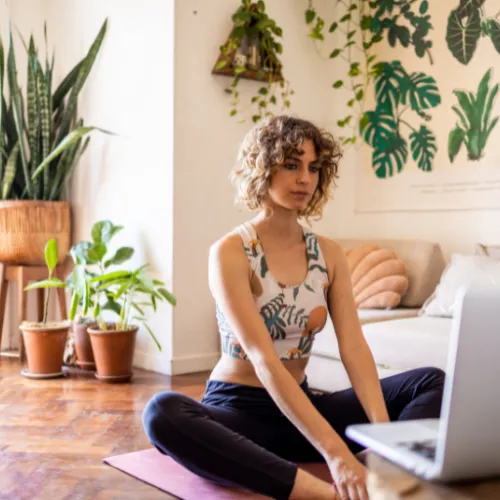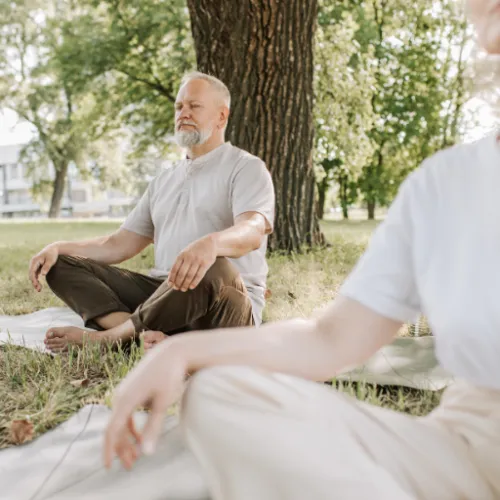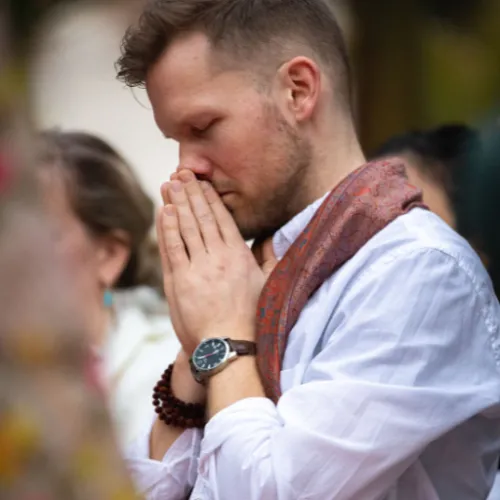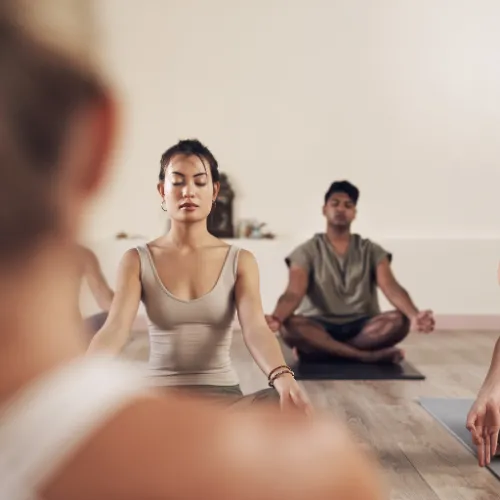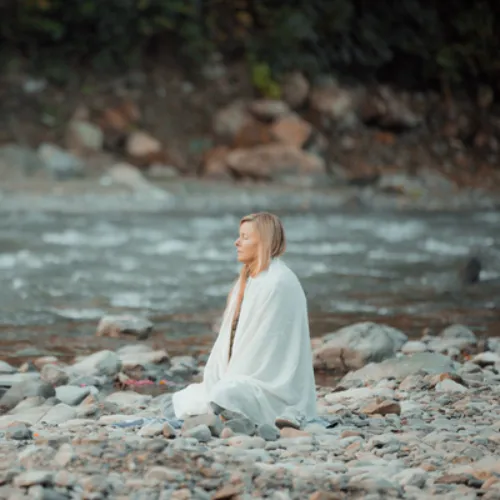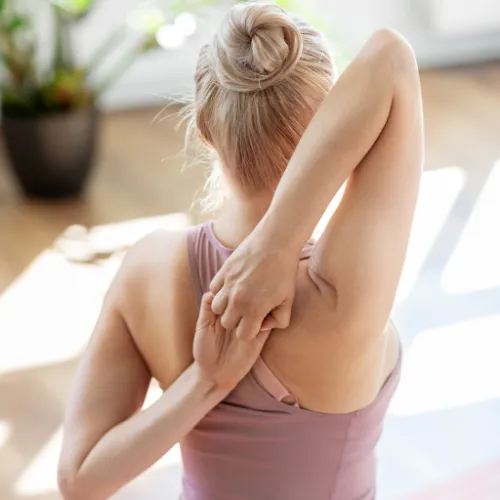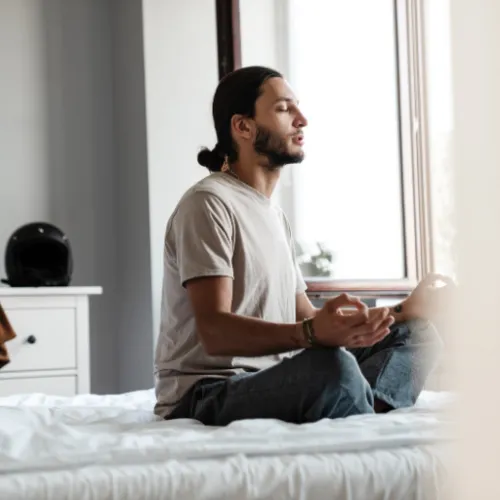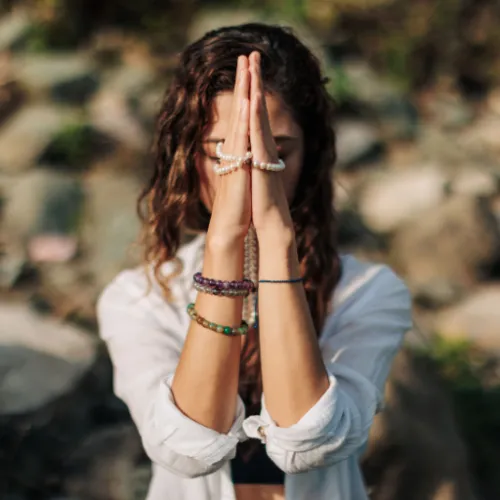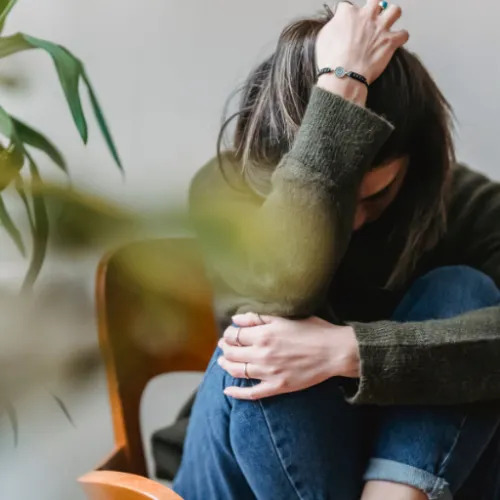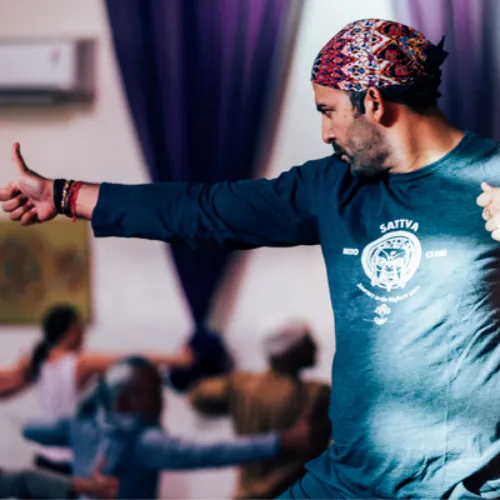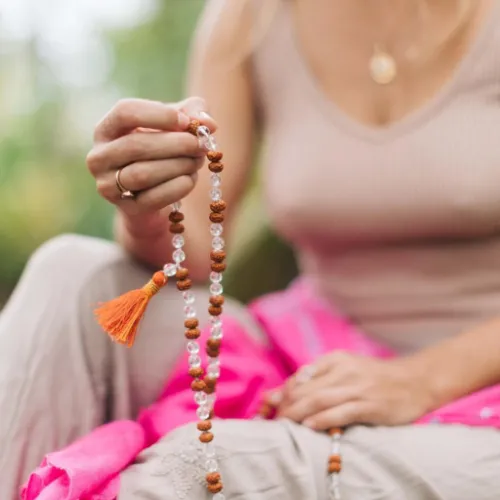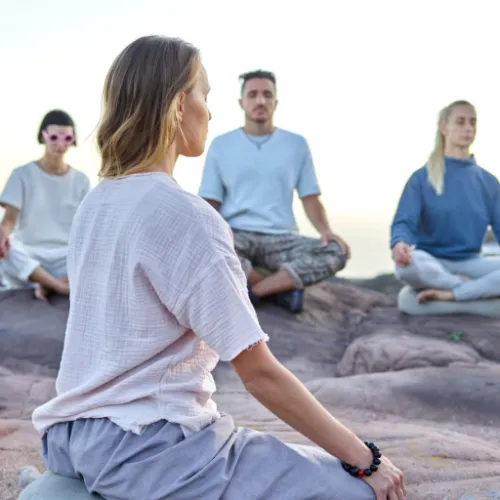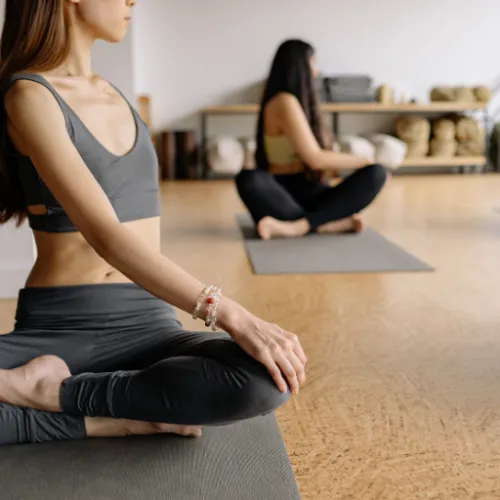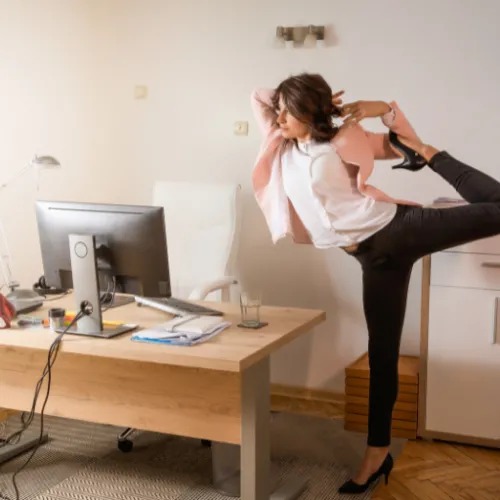

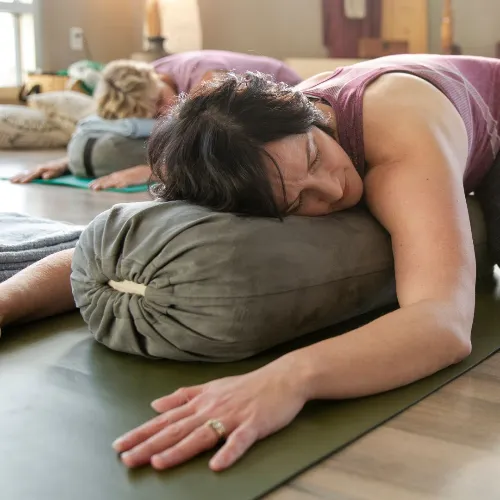
In today’s fast-paced world, sleep often takes a back seat to busy schedules, late-night screen time, and chronic stress. But restful, quality sleep is essential—it’s the foundation for physical vitality, emotional balance, mental clarity, and overall well-being.
If you struggle with falling asleep, staying asleep, or waking up feeling restored, yoga may offer a gentle, effective solution. Through calming movement, breathwork, and deep relaxation, yoga supports the body’s natural ability to wind down, release tension, and shift into a state of rest.
Let’s explore the powerful connection between yoga and sleep, and discover a sequence of restorative poses to support more peaceful, restorative nights.
Why Yoga Helps Improve Sleep
Yoga works on multiple levels—physical, mental, and energetic—making it especially helpful for those struggling with insomnia or restless sleep. Here’s how it supports better sleep:
Yoga activates the parasympathetic nervous system (the “rest and digest” state), helping slow the heart rate, reduce stress hormones like cortisol, and create a deep sense of calm. Breathing techniques such as Ujjayi breath or 4-Part Breath help settle an overactive mind and soothe the body.
We store tension in the body throughout the day—particularly in the shoulders, neck, back, and hips. Gentle yoga poses stretch these areas, helping release accumulated tension so the body can fully relax into sleep.
Yoga helps shift the body out of “fight-or-flight” mode, which is often triggered by stress, and into a state of balance and calm. This is key to falling asleep with ease and experiencing deeper, more restorative rest.
Restorative Yoga Poses for Better Sleep
These calming, beginner-friendly poses can be done in the evening or right before bed to help you unwind.
A deeply grounding posture that gently stretches the back and hips while calming the nervous system.
Rest your forehead on a block or pillow for extra support.
Breathe slowly and deeply into the lower back.
Hold for 1–2 minutes.
This gentle inversion promotes blood flow, calms the mind, and soothes the lower back and legs.
Lie on your back with your legs extended up a wall.
Rest your arms by your sides, palms up.
Close your eyes and stay for 5–10 minutes.
A heart-opening pose that eases tension in the hips and supports deep breathing.
Lie on your back with the soles of your feet together, knees falling outward.
Support your knees with pillows or blocks.
Place one hand on your heart, the other on your belly. Breathe deeply for 3–5 minutes.
The ultimate pose for total relaxation, perfect before sleep.
Lie flat on your back with arms at your sides, palms up.
Let your feet fall naturally outward.
Bring your attention to your breath, allowing the body to fully release.
This calming inversion helps quiet the mind and stretch the back of the body.
Stand with feet hip-width apart.
Gently fold forward, bending the knees as needed.
Rest your head on a block or let it hang heavy. Hold for 5–10 breaths.
A simple, flowing movement that helps release spinal tension and connect breath to motion.
On hands and knees, inhale as you arch the back (cow), exhale as you round the spine (cat).
Move slowly, syncing breath with each movement for 1–2 minutes.
Tips for a Supportive Bedtime Routine
Creating a consistent, calming routine before bed signals your body that it’s time to rest. Consider incorporating the following:
Practice your yoga sequence at the same time each evening.
Dim the lights and create a quiet, cozy atmosphere.
Avoid screens 30–60 minutes before bed.
Follow your yoga with journaling, soft music, or a warm cup of herbal tea.
The Path to Restful Sleep
Yoga is a gentle and effective way to support healthy sleep—calming the mind, releasing physical tension, and preparing the body for deep rest. Even just 10–15 minutes of restorative movement before bed can make a meaningful difference.
With regular practice, you may find that you fall asleep more easily, sleep more soundly, and wake up feeling refreshed and restored. And beyond better sleep, you’ll be cultivating a deeper connection with your body, your breath, and the rhythm of rest that sustains well-being.
So, roll out your mat, take a few deep breaths, and let your practice guide you gently into stillness and sleep.
